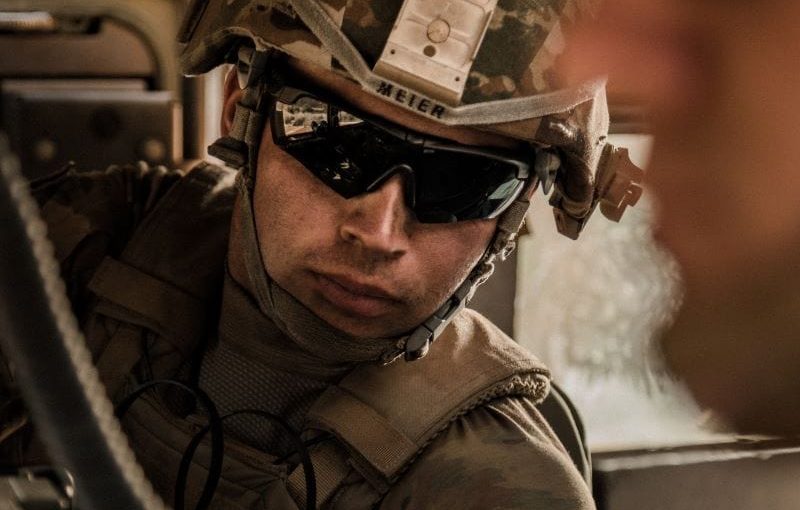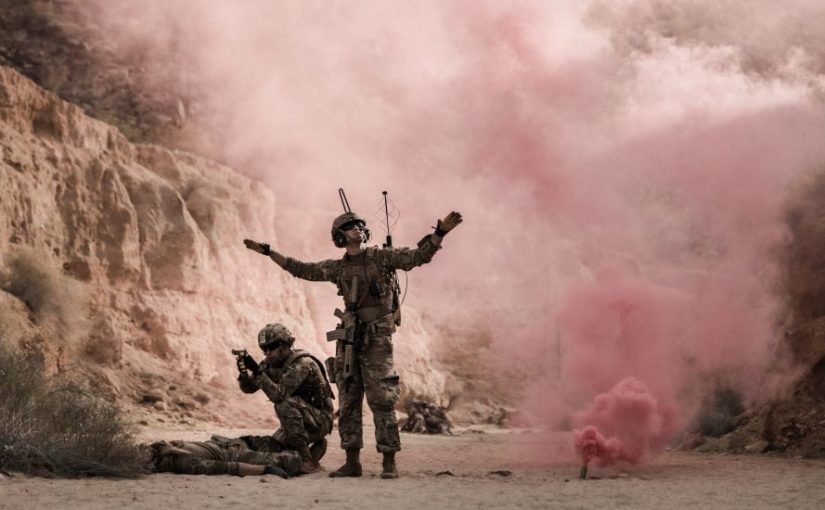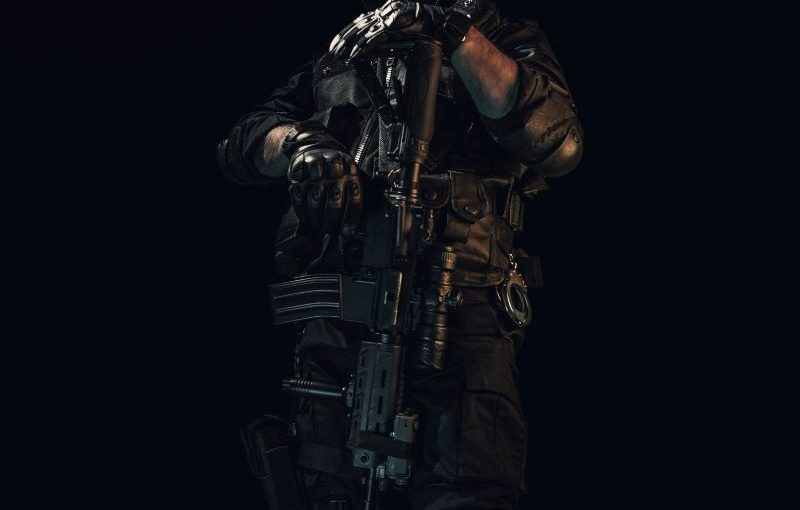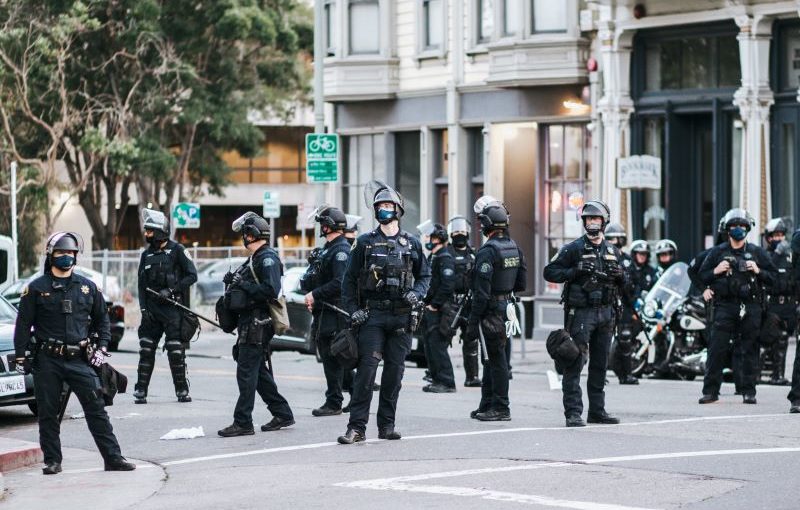A tactical flashlight is one of the most versatile and durable outdoor gear you can own. Their use can have several purposes, including illumination and a few blows to our enemies in close range. In contrast to other flashlights, tactical flashlights provide ten times more illumination and can last for years.
You will find a variety of flashlights, but these three are among the most durable.
- Fenix PD35 Tac Tactical Edition Flashlight
As one of the leading companies in their field, Fenix continues to develop portable and outdoor lighting, particularly with its PD35 tactical LED flashlight – an everyday carry favorite. For myself, the PD35 from Fenix is the best tactical flashlight, both on duty as a firefighter and off duty for everyday use.
- Surefire E2D LED Defender Ultra
The brand Surefire has been synonymous with quality tactical gear for a long time. In addition to the E2D LED Defender Ultra, it has landed on the list on multiple occasions. It’s compact size, durability, and the fact that it can complete a variety of tasks on the job makes the E2D Defender Ultra popular for public safety.
- Streamlight ProTac HL USB
A well-known flashlight among everyday carry enthusiasts, Streamlight’s Microstream Flashlight is one of the best on the market, and its larger ProTac HL USB is one of the brightest. One of the best features of the Streamlight ProTac HL is the ability to charge it while on the go via any USB device and the included USB charging cord, while backup batteries ensure that you won’t be without light. A separate strobe setting not only signals for help but can detain an impending attacker. A total of three different output levels deliver between 85 and 850 lumens of light and provide run times of one hour and a half and 12 hours.
For more great articles, please click here.



